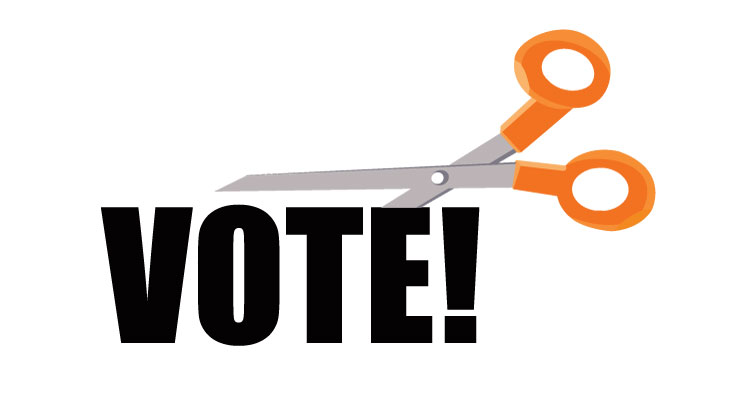
From an article at WIRED by ADAM ROGERS:
THE DEMOCRATIC CAUCUS of the Colorado State House of Representatives had a problem—but it was the good kind. The 2016 election put Democrats in charge of the House, the State Senate, and the governorship. Now it was time to decide, out of somewhere between 60 and 100 appropriations bills, which policies to fund first. But … well, you know how Democrats are, right? The only thing they really agree on is that the most efficient shape for a firing squad is a circle.
The state reps could have just voted, of course, but each of those 41 Democrats in the House was probably the sponsor of at least one of those bills. So they’d vote out of self-interest. No help there. What the Dems needed was a way to capture desire, to know which bills were everyone’s priority. “We have a limited pot of money to spend on new legislation every year,” says Chris Hansen, a state representative from Denver and chair of the House Appropriations Committee. “So we needed to devise a method for accurately capturing the preference of those caucus members.” Hansen isn’t just a pol. He’s a PhD energy economist with an interest in game theory. He’s open to weird science, is the point. So a pal of his, hearing about his plight, told him about a new idea: quadratic voting.
The result of some concept work by a Microsoft Research economist named Glen Weyl, quadratic voting is designed to force people to express their honest opinions about their choices by attaching a cost. One vote costs one unit of value—in its purest form, you would literally buy that vote with your own hard-earned American dollars. But not so fast, because the cost of a vote increases—by the number of votes times itself, to be precise. (That’s the “quadratic” part.)1 So two votes cost four dollars; three votes cost nine. Ten votes? One hundred dollars. The point is, you can yell as loudly as you want, but louder yelling costs more—so you have to be really incentivized to do it.
Read full report here.
Karl Polzer says
Lobbyists will offer to cover the cost! (threats and promises – T. Schelling)